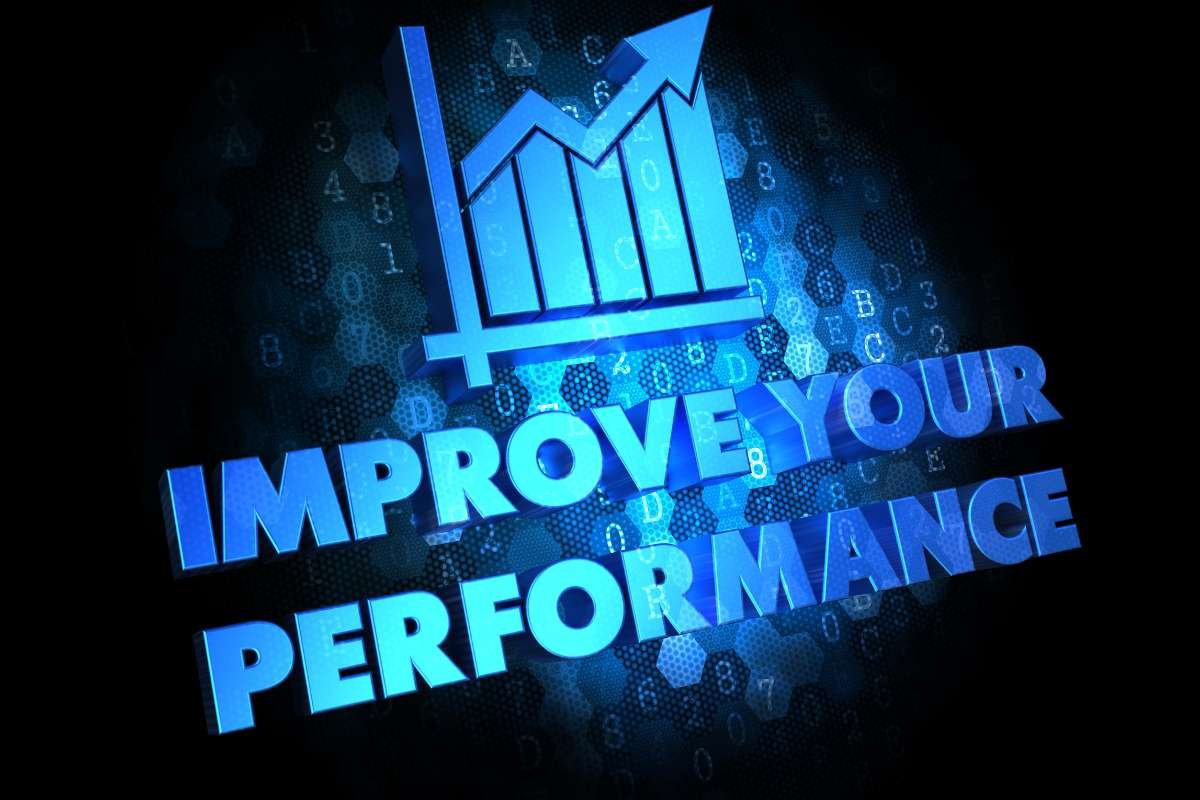Your product is incredible. The design pops. The messaging lands. The reviews are glowing. But behind the scenes?You’re chasing missed shipments. Your 3PL is radio silent. A retailer just emailed about a labeling issue… again. It’s not your marketing that’s broken. It’s the part no one talks about: the boring stuff.
5 Steps to Make a Boring Business Process Work
I. What “Boring Business Process” Actually Means
Let’s kill the myth early: boring doesn’t mean low-value. In business, “boring” usually means invisible, and invisible means it’s working. A boring business process is one that happens the same way every time, without drama. It’s not exciting. It’s not what goes viral. But it’s what gets you paid.
Examples:
- Retail Compliance: Routing guides, label specs, ASN timing. It’s paperwork, not product. But if you get it wrong, expect chargebacks—or worse, delisting.
- Inventory Syncing: The SKUs your team pushes to your site or Amazon must match what’s actually sitting in the warehouse. Not close. Not “almost.” Exact.
- Fulfillment Protocols: Who picks? Who packs? How are returns handled? How are damages tracked? If your ops team says “it depends,” that’s a red flag.
- Forecasting: You’re not planning next month’s inventory based on vibes. You’re using historical sales, lead times, and capacity constraints to make surgical decisions.
These systems don’t just support your product, they carry it. Every frictionless experience your customer has is backed by a chain of decisions that were made weeks or months earlier, quietly, methodically, without applause.
II. The Hidden Cost of Ignoring the Backend

You don’t notice your backend until it breaks. Most brands pour time and money into growth, but neglect the infrastructure needed to deliver on that growth. And when demand hits, the cracks show.
Here’s what that looks like in the real world:
- A retailer issues a fine because your ASN didn’t match the shipment.
- A shipment goes out late because your warehouse couldn’t handle the spike.
- A marketing campaign drives traffic, but half the SKUs are out of stock.
- A customer abandons checkout because your shipping timelines are unclear, or just too slow.
These aren’t abstract problems. They eat margins, erode trust, and quietly cap your growth potential.
One founder we worked with spent $10,000 on a campaign that tripled traffic overnight.
- But their fulfillment partner mispacked 40% of the orders. Returns exploded.
- New customers turned into angry refund requests.
- Marketing worked, but the backend failed.
That’s the cost of skipping the boring business process stuff.
It’s not just about operational efficiency—it’s about protecting every dollar you spend elsewhere.
III. Operational Infrastructure as a Competitive Advantage
Great operations don’t win headlines, but they win accounts, shelf space, and repeat purchases.

When your backend runs smoothly:
- Retail partners trust you. They stop micromanaging. They expand orders. You become the safe bet.
- Marketing scales without fear. No more second-guessing if your warehouse can handle the next spike.
- Customers get what they ordered, on time, every time. And they come back.
The brands that win in modern commerce aren’t just the most creative. They’re the most predictable.
This predictability doesn’t happen by accident. It’s built.
It means:
- A warehouse management system (WMS) that tracks movement down to the bin.
- An ERP that centralizes orders, inventory, vendors, and costs.
- Automated fulfillment flows where exceptions are rare, and when they happen, someone is notified immediately.
- Labeling systems that align with retailer specs out of the box, not after 20 chargebacks.
- Inventory forecasting that plans around lead times, supplier delays, and upcoming promotions.
None of this is glamorous. But this is what separates hobby brands from retail-ready operations. It’s the infrastructure that makes growth survivable.
IV. The Founder’s Dilemma: Building Flash Before Foundation

Most brands invest in what they can see—ads, design, influencers, packaging. They delay ops because it feels like a “later” problem. Until it isn’t. The danger zone is between $1M and $10M in annual revenue. That’s where demand outpaces systems, where heroics replace structure. And where backend issues quietly drain momentum.
Here’s how that typically plays out:
| Phase | What’s Working | What Breaks | Consequence |
| $0–1M | Founder hustle, organic growth | Nothing—yet | Operations are manual but manageable |
| $1–5M | Marketing channels start scaling | Fulfillment, inventory, returns | Missed SLAs, angry customers, cash flow tightens |
| $5–10M | Team grows, retail deals emerge | Systems, data visibility, compliance | Retailers push back, team burns out, churn increases |
These aren’t rare cases—they’re the norm. And the worst part? By the time founders feel the pain, the damage is already done. The fix isn’t adding more people or chasing another tool. It’s creating operational infrastructure early, before the growth wave hits.
At CrossBridge, we build these systems for brands expanding into the U.S., from ERP to warehousing to full retail compliance. Whether you’re onboarding with Walmart or just trying to stop drowning in manual fulfillment, we’ve seen how strong ops turn chaos into control. You don’t need flashy. You need a stable, repeatable, tedious process. That’s what scales.
V. Conclusion: Build the Boring Business Process Stuff Early
Everyone remembers the campaign that went viral. No one remembers the 500 clean shipments that showed up exactly when they were supposed to. But those are the moments that build brands. What separates breakout companies from broken ones isn’t louder marketing or better products. It’s whether the backend holds when pressure hits.
If you’re growing, the hard truth is this: eventually, everything flashy starts depending on everything boring business process. And if that foundation isn’t in place, nothing else lasts. So build it early. Build it right. Then let it quietly do its job while everything else scales.






